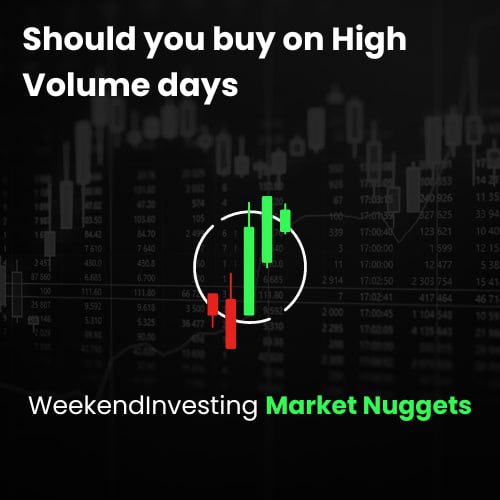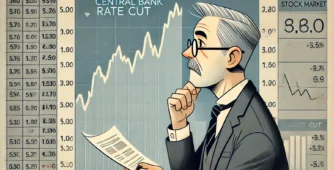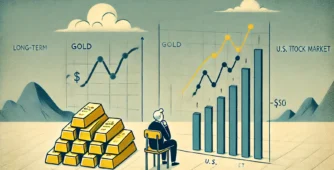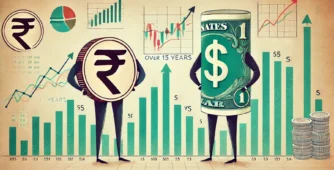Trading in the financial markets involves analysing various indicators to make informed decisions. One important indicator is volume, which refers to the number of shares or contracts traded within a specified period. Volume is often used to gauge the strength and direction of price movements.
Generally, an increase in volume accompanied by a price increase is considered a positive sign. This suggests that buyers are more dominant than sellers, leading to a price appreciation. The reasoning behind this is that as the volume of transactions increases, buyers have enough demand to push the price higher, indicating strong market momentum.
Conversely, when volume increases while prices decline, it is viewed as a negative signal. This indicates that sellers are overpowering buyers, resulting in downward price pressure. The increased volume suggests that there is significant selling activity, which is driving the price lower.
However, there is an interesting twist to interpreting high volume days. Sometimes, extremely large spikes in volume can have contrary implications. These anomalies often indicate a reversal or exhaustion of the prevailing trend. Let’s explore a few examples to understand this phenomenon better.
Recent Case Study – HDFC Bank
Take the example of HDFC Bank’s stock chart. A few days ago, there was a massive breakout with both price and volume increasing substantially. However, shortly after this spike, the price collapsed. While this could be coincidental, it is a pattern that occurs frequently in markets.
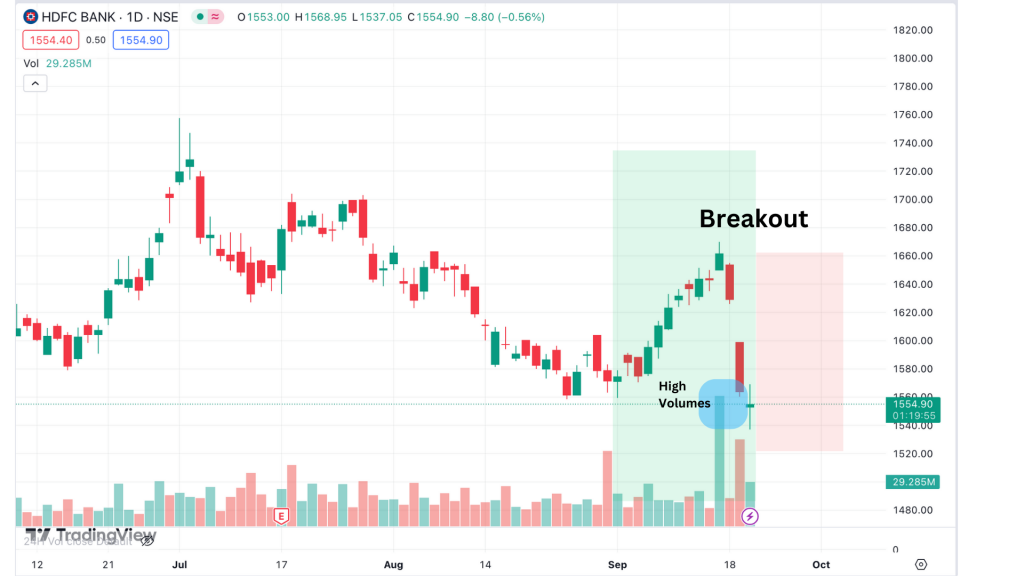
It is crucial to note that not all high volume days are bearish signals. Some high volume days mark the start of an uptrend or even bottoms. Therefore, it is essential to consider the context in which these spikes occur. For example, a high volume day that coincides with a market bottom may indicate a reversal and the beginning of an upward trend.
On the other hand, a significant spike in volume could also be considered a potential market top. This suggests that all available buyers have already entered the market, and the higher prices are no longer sustainable. This was evident in the instances we reviewed, where high volume days often marked the end of a significant price move.Similar instances can be observed with other stocks like Yes Bank.
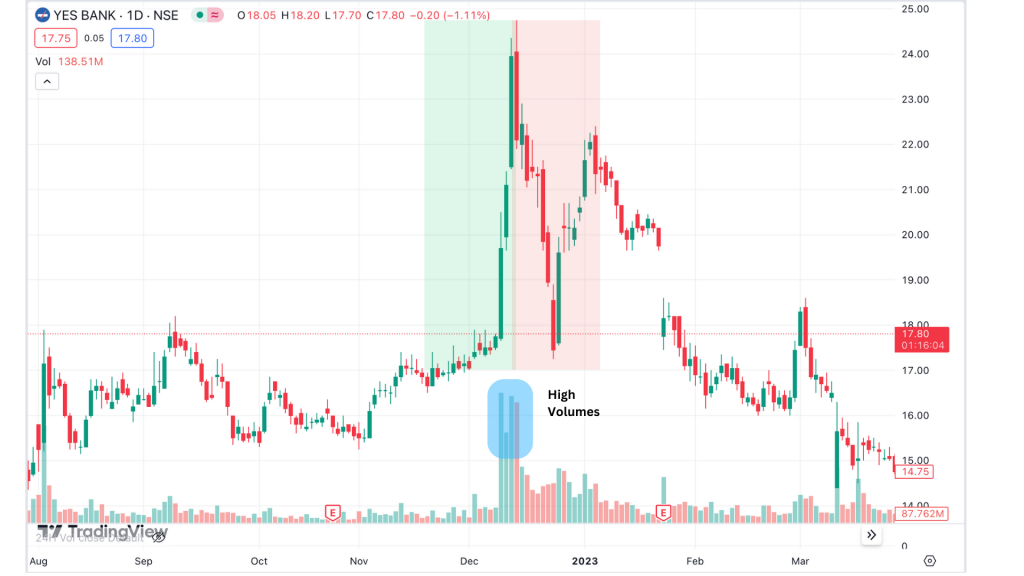
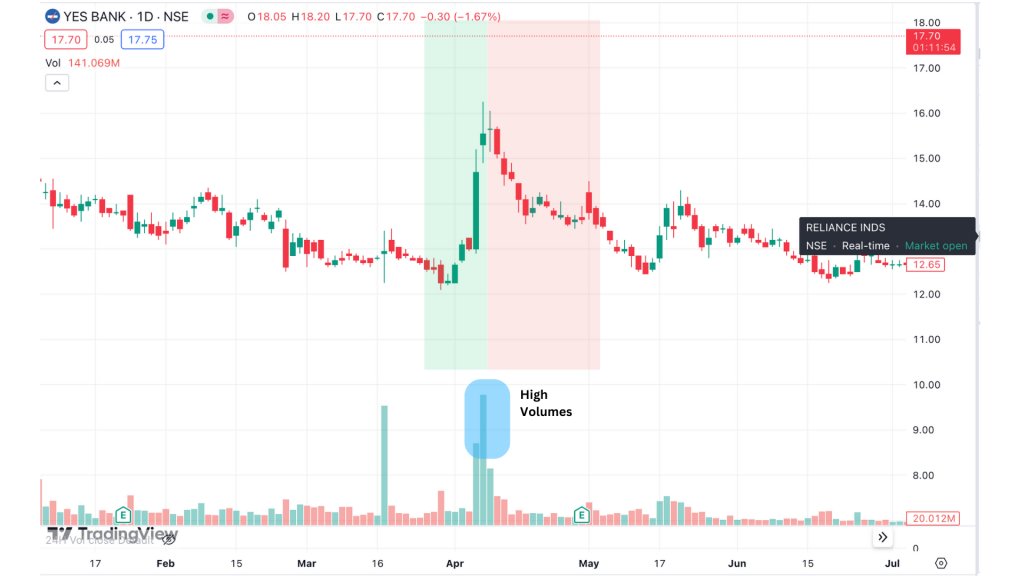
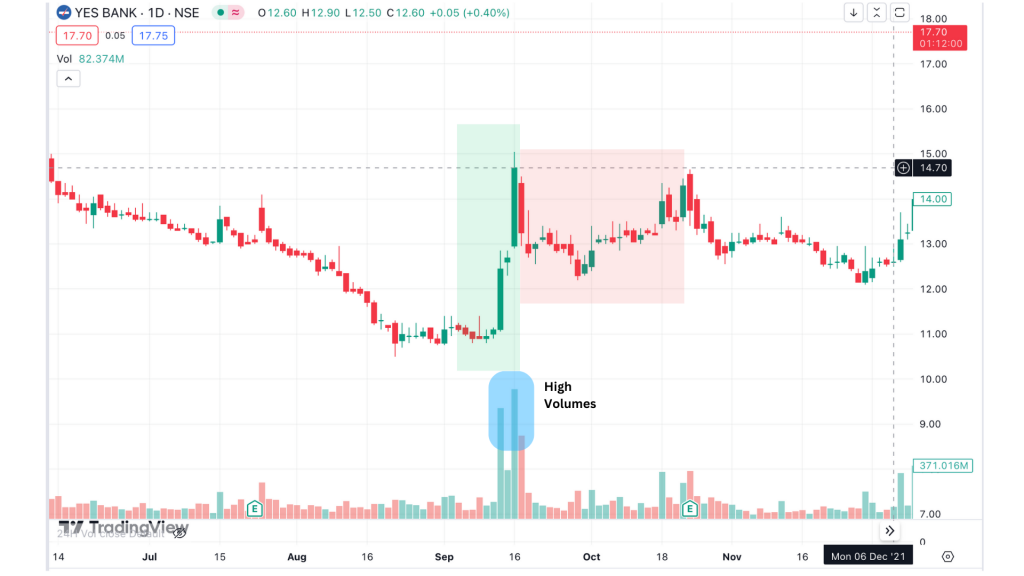
When interpreting high volume days, it is crucial to look beyond the volume alone. Other factors such as price action and market sentiment play significant roles. If the volume gradually increases along with a corresponding upward price movement, it suggests a healthy uptrend. Similarly, when volume gradually increases during a price decline, it signifies a strong downtrend.
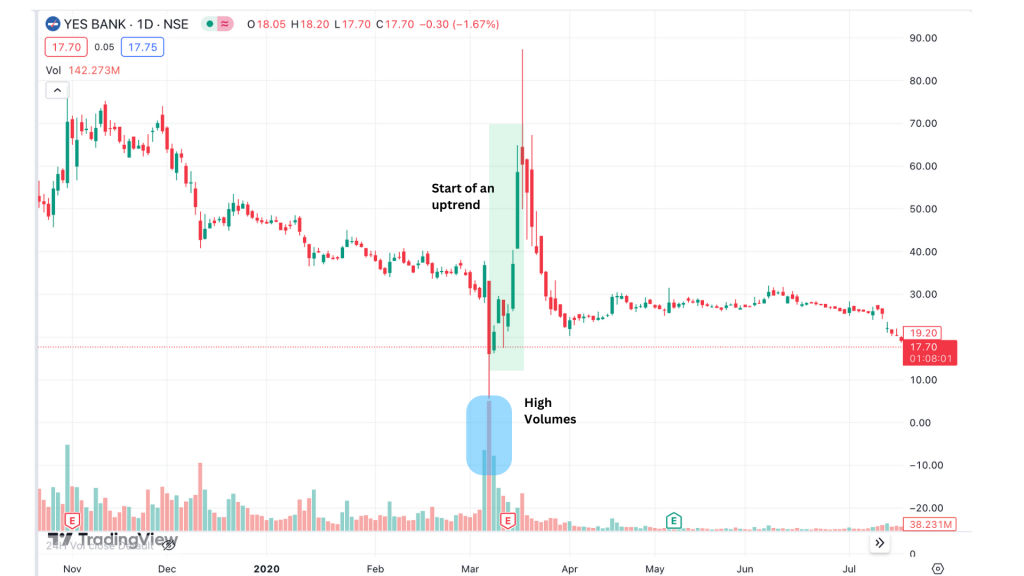
However, when there is a sudden spike in volume, caution is warranted. This spike may indicate an emotional surge in trading activity that has already incorporated the necessary price changes. In such cases, the market momentum may weaken as the excessive buying or selling pressure subsides. Consequently, it becomes vital to be vigilant and consider the broader market context when interpreting these abnormal volume spikes.
Download the WeekendInvesting App

If you have any questions for us. please write to us!

